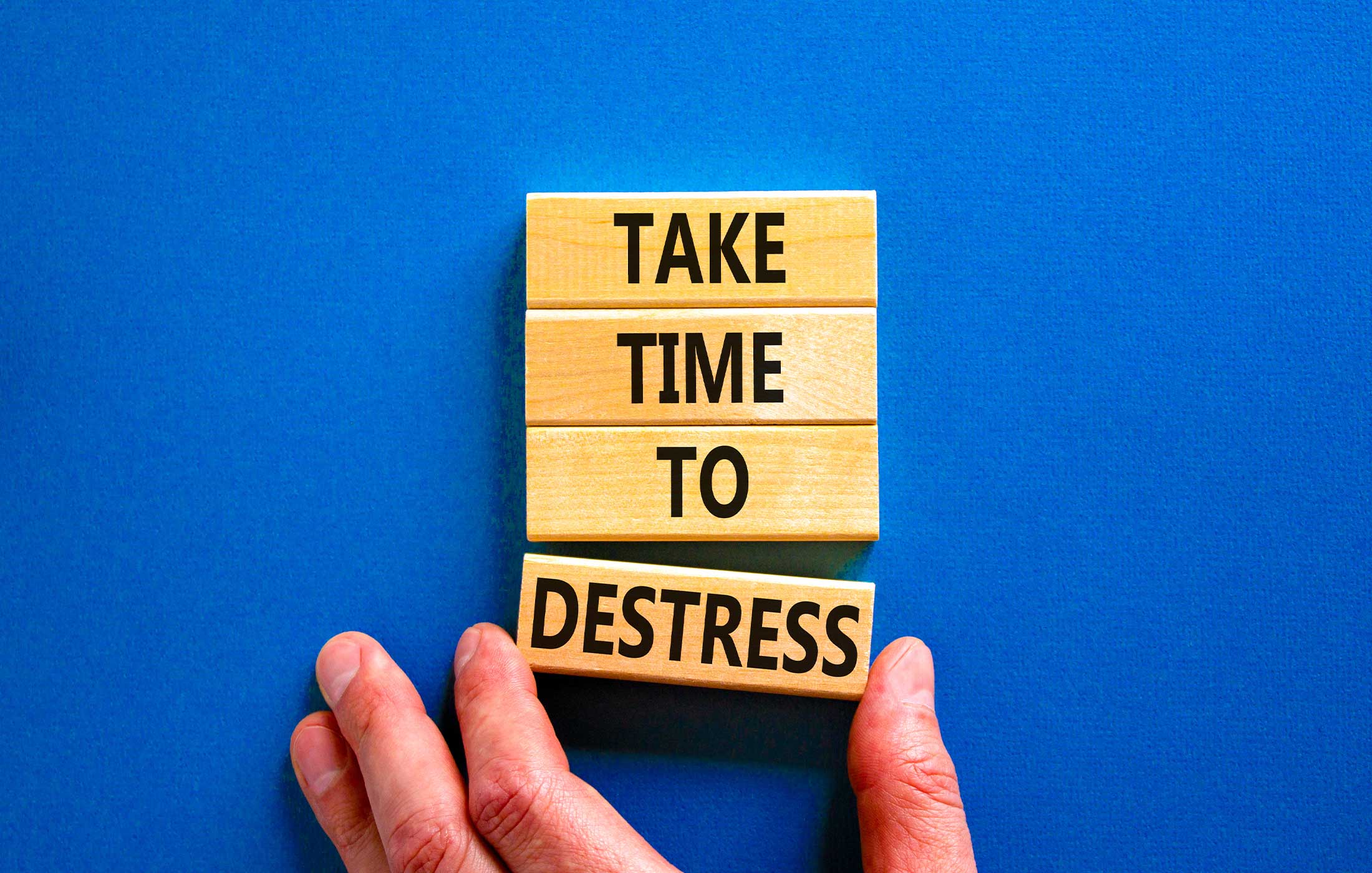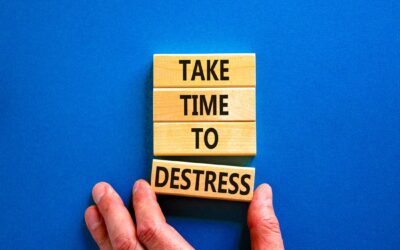Life and stress go hand in hand. Stress is part of the package. In assessing the impact and the value of stress in our lives, it’s helpful to have a clear definition of the phenomenon. Here is one that works: stress is an internal process that occurs when a person is faced with a demand that he or she feels cannot be met. Failure is not an option, in the sense that failure will lead to consequences so dire as to be unacceptable. Stress is experienced when there is awareness of an imbalance between the rigors of what is in demand and the ability to perform.
By this definition, stress can provide us with important warning signals and in so doing, provide a positive service. But as a life force, stress is viewed as an overwhelmingly negative force – one that can impact our physical well being almost as acutely as our mental health.
Physical Impacts of Stress
Strain is one of the physical negative effects of stress. Strain may appear as fatigue, irritability, difficulty concentrating, insomnia and general reduced functionality. Depression and anxiety are closely related to the perception of stress in one’s life and can contribute to drug and alcohol abuse along with other forms of increased risk taking.
Direct medical impact from stress can also be found, however, with a number of physical maladies. As an overall negative impact, stress can effect a lessening in our resistance to disease. As an aggravating source for chronic conditions, stress is known to create or cause flare ups with these problems:
- headaches
- constipation
- diarrhea
- lack of energy
- increased frequency in asthma and arthritis flare-ups
- tension
- stomach cramping
- stomach bloating
- epidermal flare ups or inflammation
- weight fluctuation
- heart problems
- high blood pressure
- irritable bowel syndrome
- diabetes
- neck and back pain
De-Stressing
Stress is, at its core, caused by mental perception of impending or existing personal difficulties. Treatment for stress should involve those methods that impact the mental and emotional processes which lead to insurmountable stress. One of the most obvious and traditional methods is talking about it. Seeking counseling from a professional or simply seeking the perspective of someone you respect can be a fundamental form of temporary relief.
Dealing with stress over time is, however, more of a lifestyle issue. Doing the things that minimize stress, that undermine the creation of stressful situations is a long-term answer to stress management. Many of the most effective stress control mechanisms are, surprisingly, physical in nature.
Physical Activity for Mental Results
+ Massage is almost a form of enforced physical relaxation. Physical relaxation in turn almost always leads to mental relaxation and therefore, to stress reduction.
+ Yoga is a popular physical discipline that not only is an effective method of toning your body physically, but requires a certain mental discipline and focus that effectively simplifies your life, even if only for that short period that you are going through the program. A yoga session several days a week will make you tend to look at life in general through that lense of simplicity.
+ Meditation is another form of bringing the mind to focus on your essential being which will, as with yoga, make it apparent that you are in truth, walking a much simpler planet than the one you rush into each morning. It’s the change in perspective that creates the reduction in stress. It is also a lifestyle choice that needs repetition in order to be most effective.
Exercise can be a great stress reducer, especially if you are engaged in physical activity sufficiently strident so as to result in the release of endorphins. Your outlook, and the balance of your day, will seem far less tense.
It is up to the individual to find the best stress reduction tools – everyone is a little different. It is important to recognize, however, that if stress is a major part of your life it is a major affliction in its own right and requires primary treatment. The physical consequences of unattended stress can be far reaching and, at some point, become more permanent than chronic.










